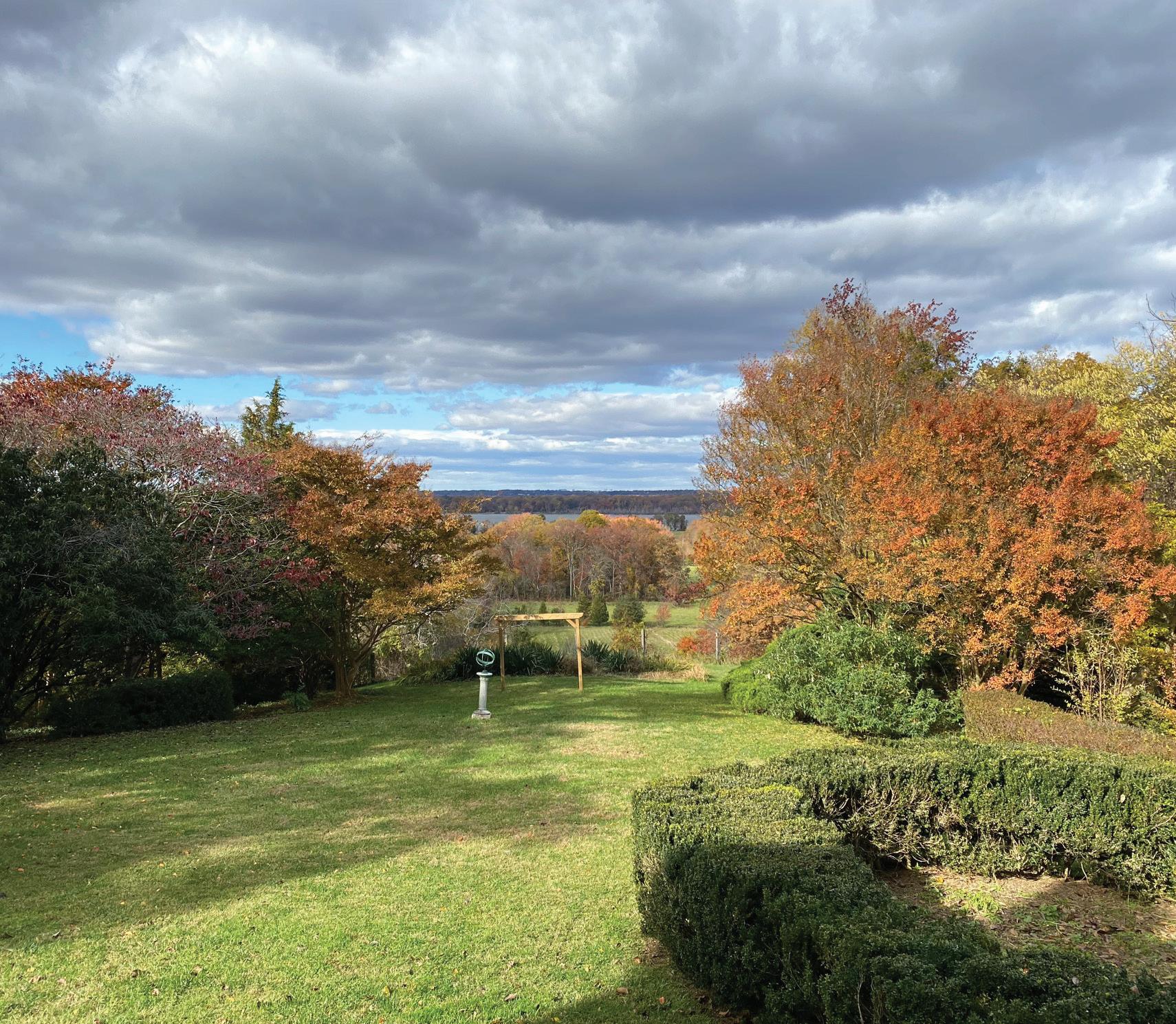
3 minute read
A Dynamic Economic Sector
Data from the U.S. Travel Association indicate an increase in travel in the United States in 2019 (pre-COVID-19 pandemic) over the previous year:
• Leisure travel accounted for 80 percent of all U.S. domestic travel;
Advertisement
• Domestic travel increased 1.7 percent to 2.3 billion person-trips; and
• Domestic leisure travel increased 1.9 percent to 1.9 billion person-trips.2
Worldwide, travel/tourism is one of the most dynamic economic sectors, according to the World Travel and Tourism Council (WTTC). WTTC 2019 data show that tourism accounts for 10.4 percent of the global gross domestic product (GDP) and 8.6 percent of the GDP in the United States. Projections for future travel (post-pandemic) show continued growth.
2 A person-trip is defined as one person on a trip away from home overnight in paid accommodations or on a day or overnight trip to places 50 miles or more, one-way, away from home. Domestic leisure travel includes visits to friends and relatives as well as trip taken for outdoor recreation and entertainment purposes. U.S. Travel and Tourism Overview, U.S. Travel Association, 2019.
Pre-pandemic data from the National Travel and Tourism Office show that tourism is the single largest services export industry in the United States, accounting for 31 percent. In 2015, international visitors who stayed one or more nights in the U.S. reached a record 77.5 million, supporting a total of 1.1 million jobs.
Defining Travel Industry Segments
Although people have been traveling for vacations in the United States since the latenineteenth century, defining travel industry segments only began in the late-twentieth century. In the ensuing decades, the desire to promote cultural, historic, and natural resources and outdoor recreation moved to the forefront for many tourism agencies, who recognized it as a way to generate economic revenue based on a community’s authenticity and to support a high quality of life for residents.
Among the most prominent travel industry segments are cultural heritage tourism and ecotourism, also referred to as geotourism.
While this segmentation is helpful to tourism planners and promoters to understand and address the specific interests of tourists, the intertwining of these terms is clear in the definitions for each:
• The National Trust for Historic Preservation defines cultural heritage tourism as traveling to experience the places, artifacts and activities that authentically represent the stories and people of the past and present. It includes cultural, historic, and natural resources.
• The International Ecotourism Society defines ecotourism as responsible travel to natural areas that conserves the environment, sustains the well-being of local people, and involves interpretation and education.
These definitions share the goal of sustainable tourism: tourism that sustains the community or region while generating beneficial economic impact. Sustainable tourism is particularly attractive for communities interested in maintaining or enhancing their community’s character and sense of place. In addition to economic impact and job creation, sustainable tourism increases the area’s attractiveness to outside industries and people seeking to relocate to locales rich in historic, cultural, and natural amenities, which results in more civic pride, and can offer residents more activities and amenities the existing market alone might not be able to support.
Sustainable Tourism
• Supports cultural, historic, and natural resource asset-based development
• Shares the stories of the region’s unique identity in a variety of venues
• Preserves natural resources to share with current and future generations
• Supports new and existing local businesses that reflect the area’s sense of place
• Offers activities for outdoor recreation that also sustain the environment
Cultural heritage travel has clear implications for positive economic impact and enhanced quality of life for a community’s residents. Over the past three decades studies have consistently shown that people who want to experience culture and heritage are frequent travelers who spend more than general leisure travelers. They are more likely to stay in a hotel, motel, or bed-and-breakfast, and almost half of their expenditures are spent on activities, dining and shopping. A national study, published in The Cultural and Heritage Traveler, (2013 Edition), determined that cultural heritage travelers want:
• Travel experiences where the destination, its buildings and surroundings, have retained their historic character
• Travel to be educational; they want to explore and learn about local arts, cultural, environment and history
• To participate in experiences rather than be a spectator
• To engage with locals
• To stay in lodging that relates to the culture or heritage of the destination
The growing interest in outdoor activities and experiences also creates new opportunities for the tourism industry. To experience nature, most Americans must leave home. A 2020 report estimated that 83 percent of the U.S. population lives in urban areas, up from 64 percent in 1950. This number is projected to reach 89 percent by 2050.3 For ecotourism, the implications are clear. Areas that conserve their traditional heritage (nature, culture, history) and accommodate visitors can benefit economically.
Post-Pandemic Travel
Although the purpose of this report is to consider tourism development opportunities, it is important to acknowledge that the tourism industry is likely to be in recovery for the near future due to the pandemic, staffing challenges, fuel prices and other factors. Prior to the COVID-19 pandemic, the U.S. travel industry experienced 10 years of growth in domestic leisure travel, domestic business travel and international inbound travel segments. In May 2022, the U.S. Travel Association reported that the previous year’s domestic leisure travel was still recovering with total expenditures of $751 billion (104 percent over 2019), but domestic business travel spending was 56 percent below and international travel was 78 percent below 2019 levels.
Credit: M-NCPPC









